In an astonishing feat of space communication, NASA’s Psyche spacecraft has successfully transmitted a laser message to Earth from a staggering distance of 140 million miles. This groundbreaking achievement has the potential to revolutionize future missions to Mars and beyond, paving the way for high-speed data transmission and detailed imagery from the depths of space.
Psyche’s Deep Space Optical Communications Transceiver
The laser message was transmitted by NASA’s Deep Space Optical Communications transceiver, a cutting-edge device currently onboard the Psyche spacecraft. This innovative transceiver is equipped with an 8.6-inch aperture telescope, enabling it to send and receive data across vast distances.
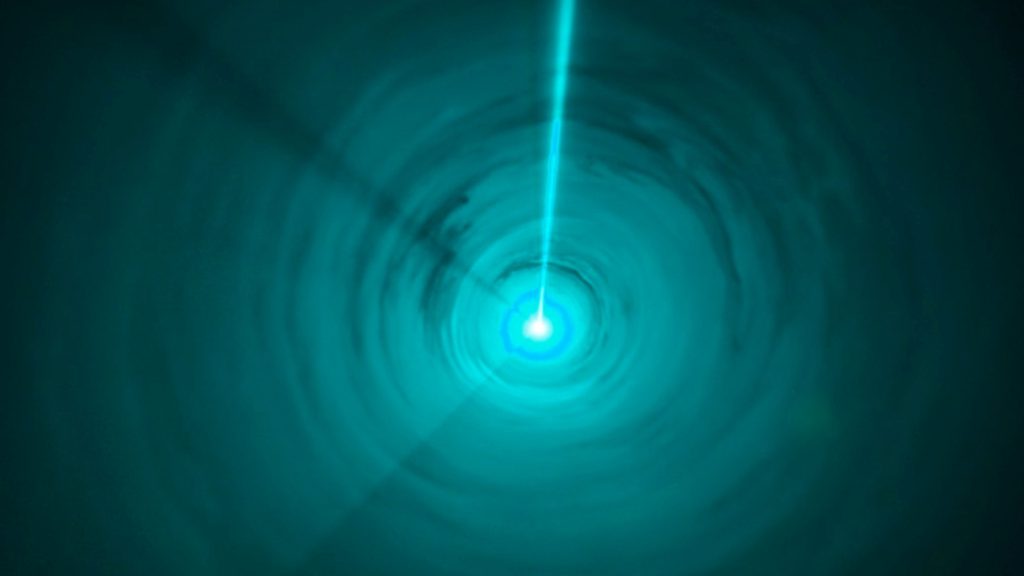
Meera Srinivasan, the project’s operations lead at NASA’s Jet Propulsion Laboratory, revealed that the spacecraft downlinked approximately 10 minutes of duplicated data during a pass on April 8. This milestone demonstrates the potential for optical communications to work in tandem with a spacecraft’s radio frequency communication system.
Blazing Speeds From Millions of Miles Away
The experiment began in December 2023 when Psyche was a mere 19 million miles from Earth. During this initial test, data was transmitted at an impressive rate of 267 megabits per second, rivaling broadband internet download speeds on Earth.

As the spacecraft ventures further into space, now more than seven times the initial distance, the data transmission rate has decreased. However, the latest test saw Psyche transmit data at a rate of 25 megabits per second, far surpassing the project’s goal of achieving at least one megabit per second at this distance.
Surpassing Expectations in Deep Space Communication
Ken Andrews, project flight operations lead at JPL, expressed his excitement about the spacecraft’s performance, stating that although the data downlinked was small and over a short time frame, the fact that they are achieving this now has exceeded all expectations.

NASA has traditionally relied on radio waves for communicating with missions beyond Earth. However, the success of the Deep Space Optical Communications transceiver on the Psyche spacecraft opens up new possibilities for future space exploration and scientific discovery.
Optical Communications: The Future of Space Exploration
Just as fiber optics have replaced old telephone lines on Earth to meet the growing demand for data, the shift from radio to optical communications in space will allow for significantly increased data rates throughout the solar system. NASA estimates that optical communications could provide 10 to 100 times the capacity of current state-of-the-art systems used by spacecraft.
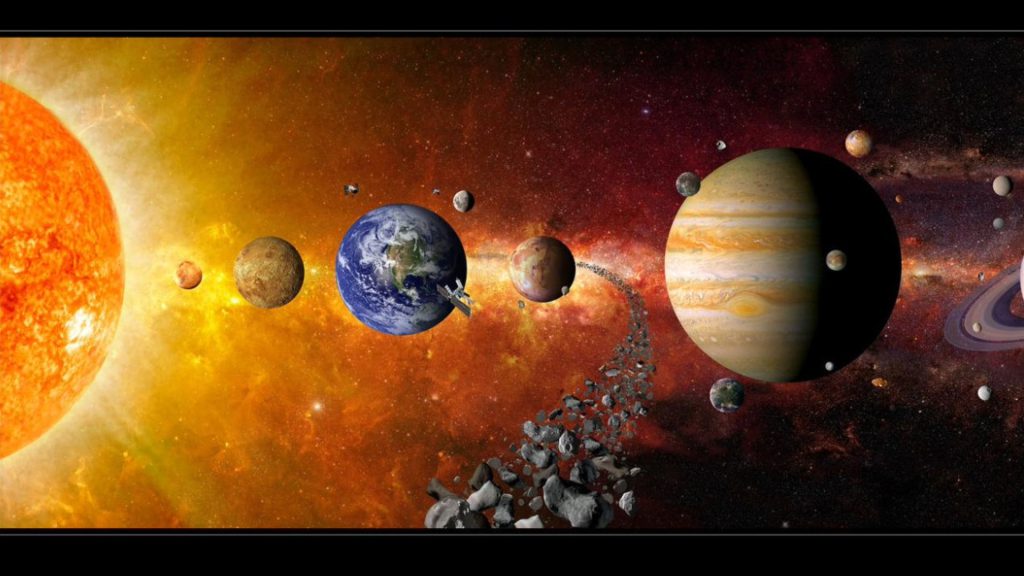
This enhanced data transmission capability will better support future human and robotic exploration missions, as well as enable higher-resolution science instruments to gather more detailed information about the mysteries of our universe.
Paving the Way for Missions to Mars and Beyond
The successful demonstration of the Deep Space Optical Communications transceiver on the Psyche spacecraft has far-reaching implications for future space exploration. With the ability to transmit complex scientific information, high-definition imagery, and video at unprecedented speeds, this technology could play a crucial role in humanity’s next giant leap: sending humans to Mars.
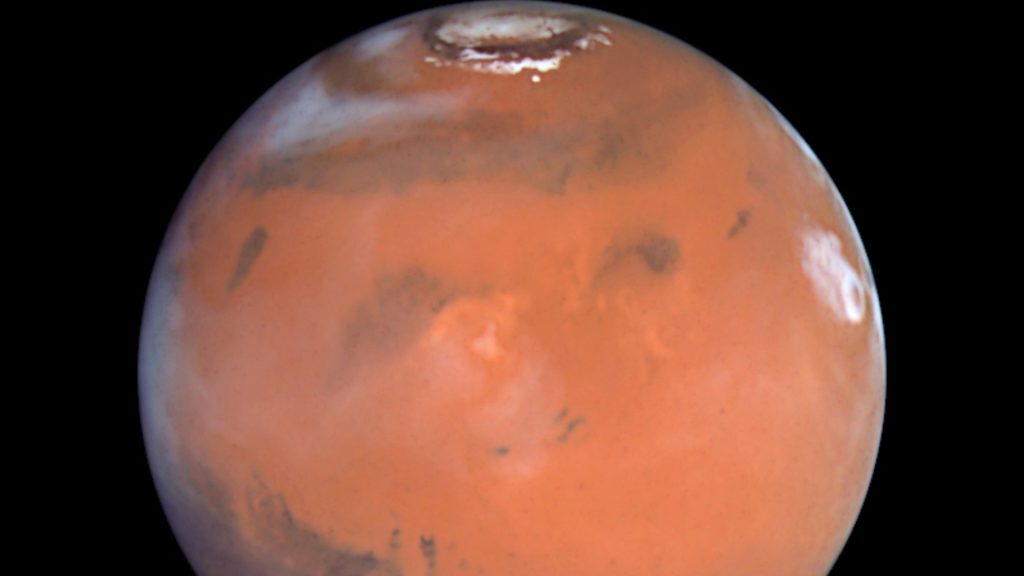
As NASA continues to push the boundaries of space exploration, the development and implementation of advanced communication systems like the Deep Space Optical Communications transceiver will be essential in supporting the ambitious goals of future missions, both crewed and robotic.
A Glimpse Into the Future of Space Communication
The laser message received from the Psyche spacecraft, now 140 million miles away, represents a significant milestone in the evolution of space communication technology. It showcases the potential for high-speed, high-capacity data transmission across vast distances, opening up new possibilities for scientific discovery and human exploration.
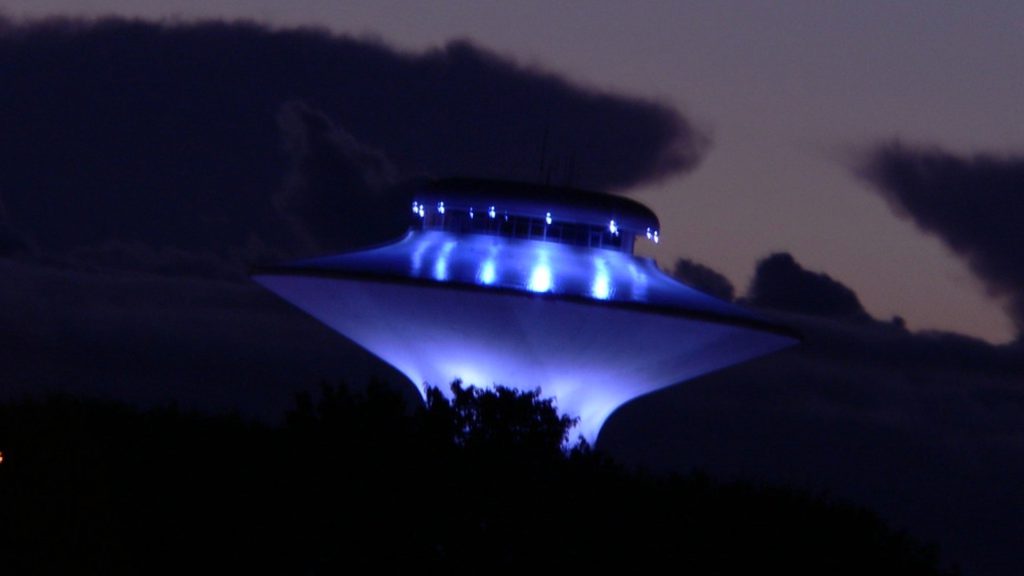
As NASA continues to refine and develop this technology, we can expect to see even more impressive feats of space communication in the years to come, enabling us to learn more about the mysteries of our solar system and the universe beyond.
Overcoming the Challenges of Deep Space Communication
While the success of the Deep Space Optical Communications transceiver on the Psyche spacecraft is a significant achievement, it is not without its challenges. As the spacecraft travels further away from Earth, the data transmission rate decreases due to the increasing distance and the limitations of current technology.
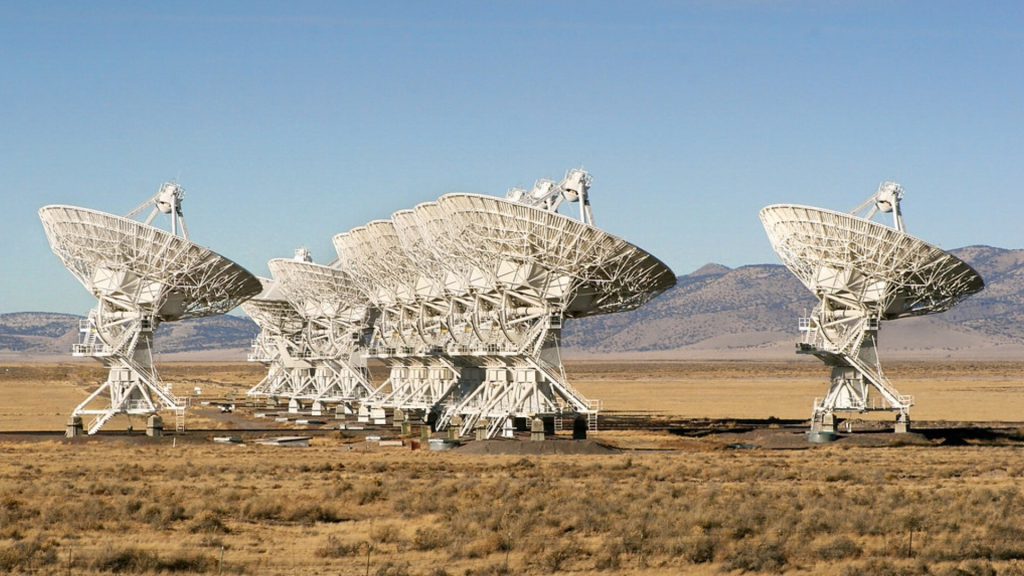
However, the fact that the Psyche spacecraft was able to transmit data at a rate of 25 megabits per second from 140 million miles away, far surpassing the project’s initial goal, demonstrates the potential for further advancements in this field.
Collaboration and Innovation: The Keys to Success
The success of the Deep Space Optical Communications transceiver on the Psyche spacecraft is a testament to the collaboration and innovation of the teams at NASA’s Jet Propulsion Laboratory and their partners. By working together to develop and refine this cutting-edge technology, they have taken a significant step forward in the realm of space communication.
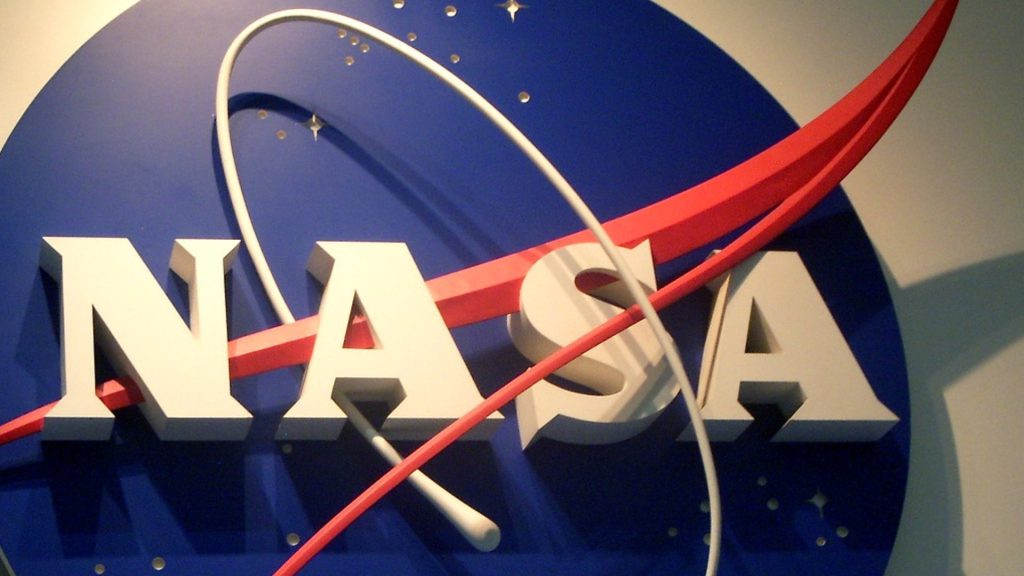
As NASA continues to foster collaboration and encourage innovation among its scientists, engineers, and partners, we can expect to see even more groundbreaking advancements in the field of space exploration and communication.
The Next Steps for Deep Space Optical Communications
With the success of the Deep Space Optical Communications transceiver on the Psyche spacecraft, NASA is already looking ahead to the next steps in the development and implementation of this technology. Future missions, both robotic and human, will likely incorporate optical communications systems to enable high-speed data transmission and detailed imagery from the far reaches of our solar system.
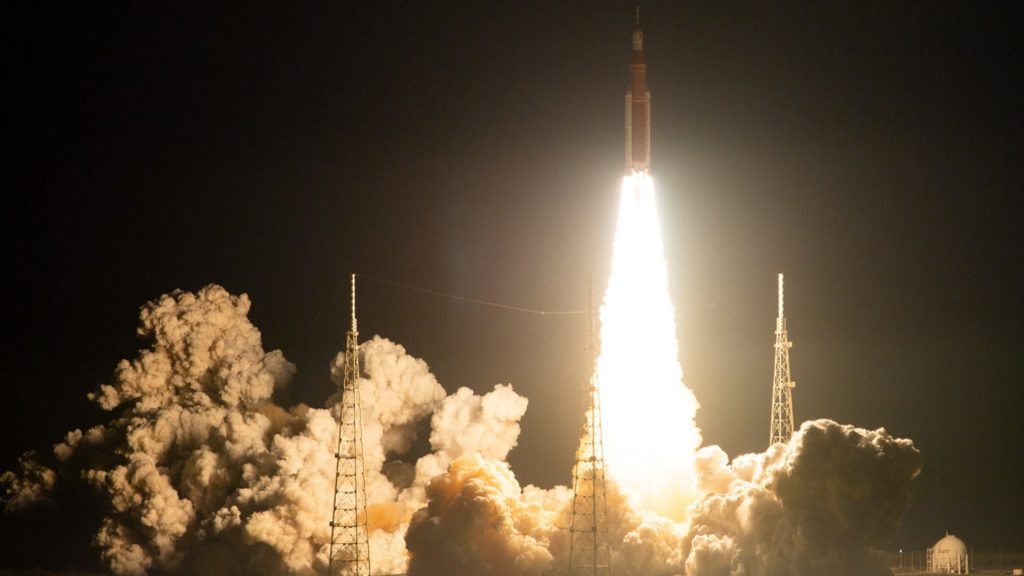
As NASA continues to refine and improve upon this technology, we can anticipate even more impressive feats of space communication in the years to come, bringing us closer to unlocking the secrets of our universe.
A New Era of Space Exploration Begins
The laser message received from the Psyche spacecraft, now 140 million miles away, marks the beginning of a new era in space exploration and communication. With the successful demonstration of the Deep Space Optical Communications transceiver, NASA has shown that high-speed, high-capacity data transmission across vast distances is not only possible but also holds immense potential for future missions.
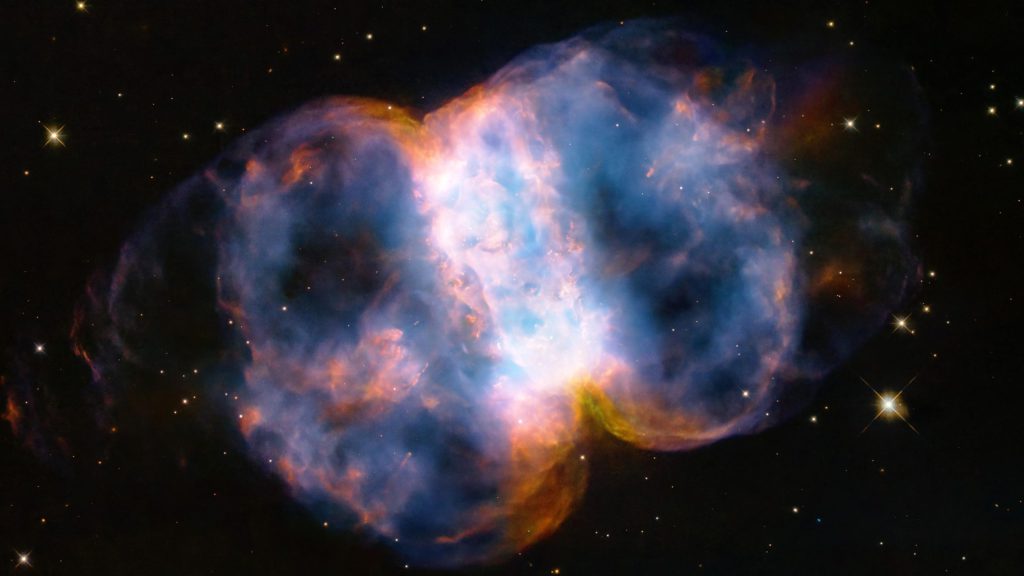
As we stand on the brink of this new era, we can only imagine the discoveries and advancements that await us. The success of the Psyche spacecraft’s laser message is just the first step in a long journey of exploration, innovation, and collaboration that will help us unravel the mysteries of our universe and push the boundaries of human knowledge and understanding.





GIPHY App Key not set. Please check settings